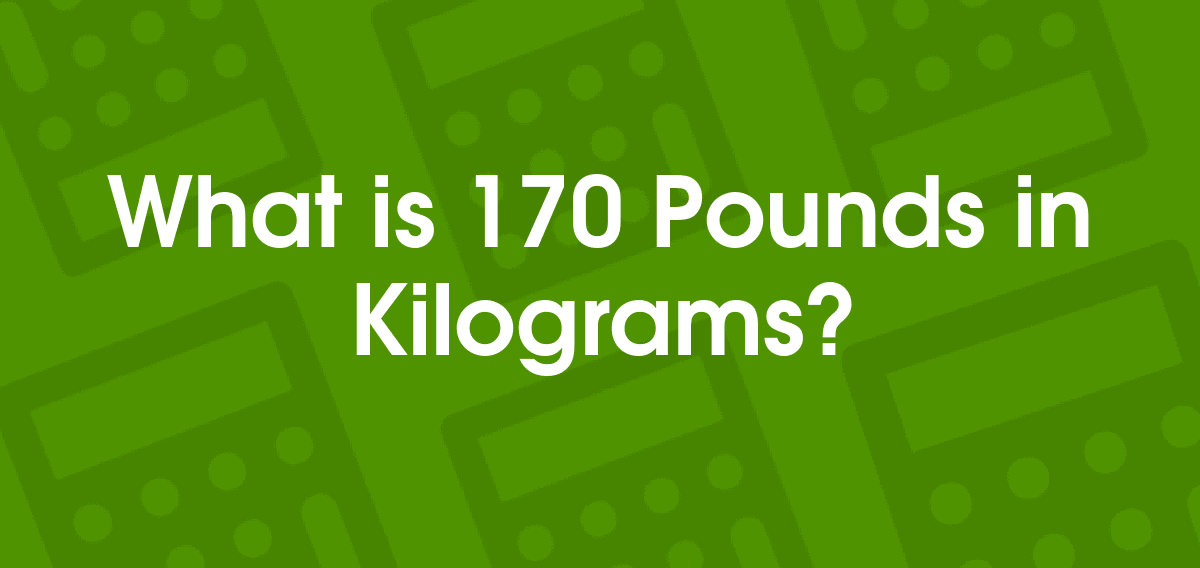How Many Qt In A Gallon
Understanding liquid measurements is essential in various aspects of daily life, from cooking and baking to automotive maintenance and scientific experiments. The relationship between quarts (qt) and gallons, in particular, is a common point of confusion, especially when dealing with recipes, fuel efficiency, or chemical solutions. This article delves into the intricacies of these measurements, providing a comprehensive guide to converting between quarts and gallons, exploring their historical context, and offering practical applications.
The Basics of Liquid Measurements
Before diving into conversions, it’s crucial to understand the units involved. A gallon is a unit of volume primarily used in the United States and a few other countries. It is divided into smaller units, including quarts, pints, and cups. A quart, on the other hand, is one-fourth of a gallon, making it a more manageable unit for smaller quantities.
Key Takeaway: 1 gallon (gal) = 4 quarts (qt)
Historical Context of Gallons and Quarts
The gallon and quart have roots in ancient measurement systems, evolving over centuries to suit various needs. The term “gallon” originates from the Latin word “galleta,” meaning “wine jug,” reflecting its early use in measuring wine and other liquids. Similarly, the quart derives from the Latin “quartus,” meaning “fourth,” emphasizing its role as a quarter of a gallon.
Historically, the size of a gallon varied significantly across regions. For instance, the Imperial gallon (used in the UK until the 1990s) is approximately 20% larger than the U.S. gallon. This discrepancy highlights the importance of specifying the system of measurement when dealing with international recipes or scientific data.
Conversion: Quarts to Gallons and Vice Versa
Converting between quarts and gallons is straightforward once you understand the ratio. Here’s a step-by-step breakdown:
- Quarts to Gallons: Divide the number of quarts by 4. For example, 8 quarts ÷ 4 = 2 gallons.
- Gallons to Quarts: Multiply the number of gallons by 4. For example, 3 gallons × 4 = 12 quarts.
Practical Applications
Understanding this conversion is invaluable in numerous scenarios:
Cooking and Baking
Many recipes, especially those from the U.S., use gallons and quarts. For instance, a large batch of soup might require 2 gallons of broth, which is equivalent to 8 quarts. Knowing this conversion ensures accurate ingredient measurements.
Automotive Maintenance
When checking your vehicle’s fuel tank or coolant system, you’ll often encounter measurements in gallons. A typical car fuel tank holds around 12 to 16 gallons, which translates to 48 to 64 quarts. This knowledge helps in estimating fuel costs and maintenance needs.
Scientific Experiments
In laboratories, precise measurements are critical. Converting between quarts and gallons ensures consistency in preparing solutions, especially when scaling experiments up or down.
Comparative Analysis: U.S. vs. Imperial Gallons
As mentioned earlier, the U.S. gallon and Imperial gallon differ in volume. Here’s a comparative table for clarity:
| Measurement | U.S. Gallon (gal) | Imperial Gallon (gal) |
|---|---|---|
| Volume in Quarts | 4 qt | 4.8 qt (approximately) |
| Volume in Liters | 3.785 L | 4.546 L |
Expert Insight: Always confirm the measurement system being used, especially in international contexts, to avoid errors in calculations or recipes.
Myth vs. Reality: Common Misconceptions
Myth 1: A Gallon is Always 4 Quarts
While this is true for the U.S. gallon, the Imperial gallon contains approximately 4.8 quarts. This distinction is crucial when working with global standards.
Myth 2: Quarts and Liters Are Interchangeable
Quarts and liters are both units of volume, but they are not directly interchangeable. 1 quart is approximately 0.946 liters, so conversions require precision.
Future Trends: Metric System Adoption
As the world increasingly adopts the metric system, the use of gallons and quarts may decline in favor of liters and milliliters. However, in the U.S., these traditional units remain deeply ingrained in daily life, particularly in industries like automotive and food production.
The transition to the metric system may simplify global trade and scientific collaboration, but it will also require significant education and adaptation for industries reliant on customary units.
FAQ Section
How many quarts are in a half-gallon?
+A half-gallon contains 2 quarts, as it is half of a full gallon (4 quarts).
Why do the U.S. and UK use different gallon measurements?
+The difference stems from historical measurement systems. The U.S. gallon evolved from the English wine gallon, while the Imperial gallon was standardized later in the UK.
Can I use quarts and gallons in metric recipes?
+While possible, it’s best to convert measurements to liters or milliliters for accuracy, especially in precise applications like baking.
How do I convert quarts to liters?
+Multiply the number of quarts by 0.946. For example, 5 quarts × 0.946 ≈ 4.73 liters.
What’s the easiest way to remember the quart-to-gallon conversion?
+Think of the phrase "4 quarts in a gallon" or visualize a gallon container divided into four equal parts, each representing a quart.
Conclusion
Mastering the conversion between quarts and gallons is a valuable skill with wide-ranging applications. Whether you’re cooking, maintaining a vehicle, or conducting scientific research, understanding these measurements ensures accuracy and efficiency. By recognizing the differences between U.S. and Imperial systems and staying aware of global trends toward metric adoption, you can navigate liquid measurements with confidence.
Final Thought: The relationship between quarts and gallons is simple yet powerful—4 quarts make a gallon. This knowledge, combined with awareness of measurement systems, empowers you to tackle any volume-related task with ease.

